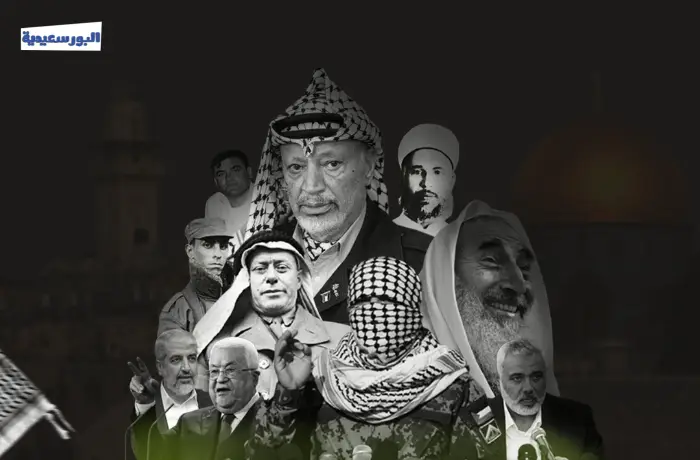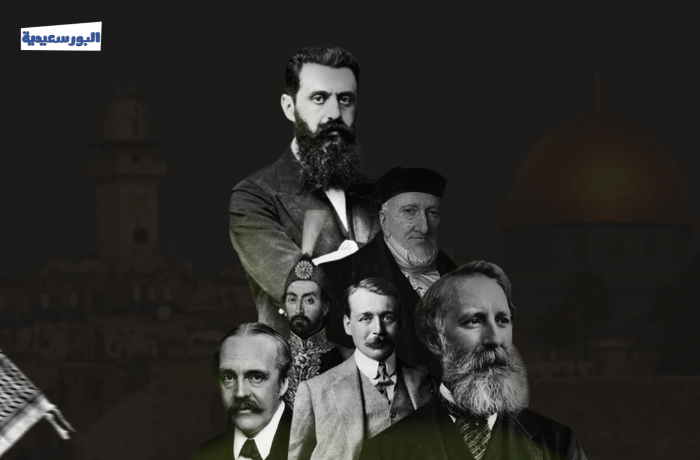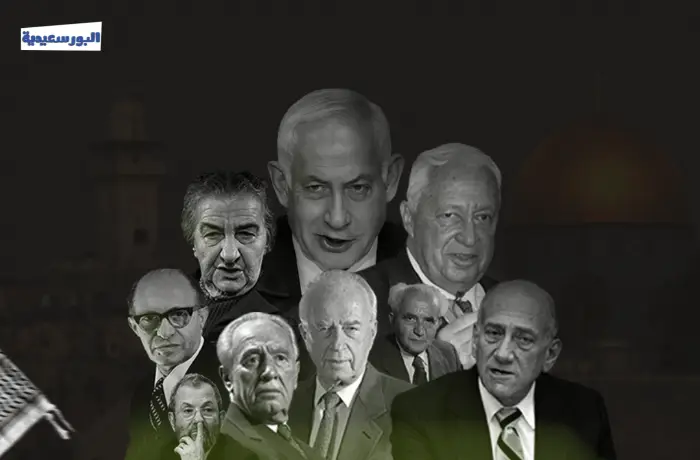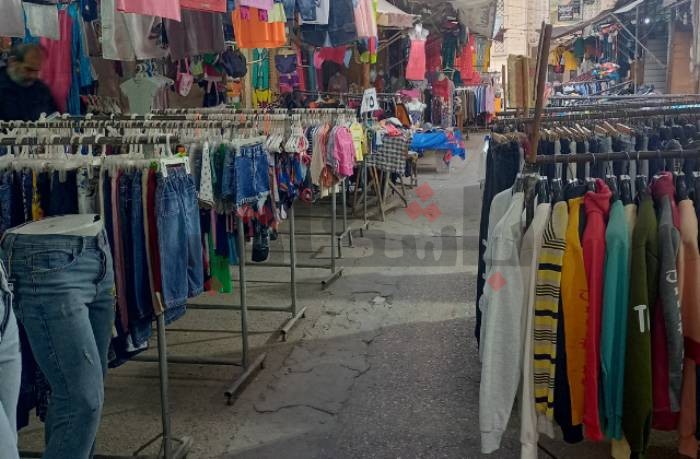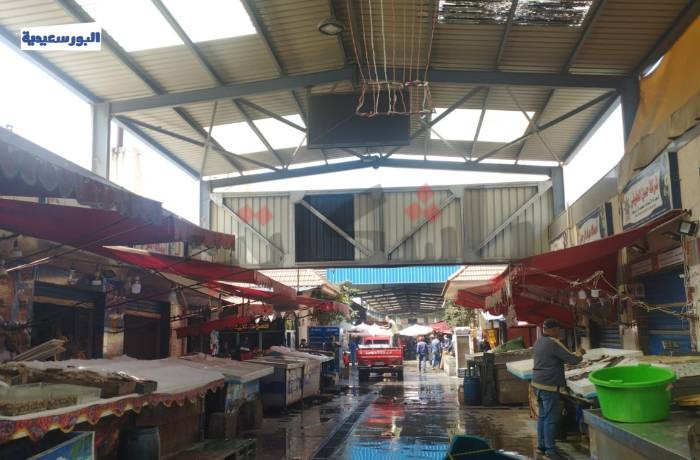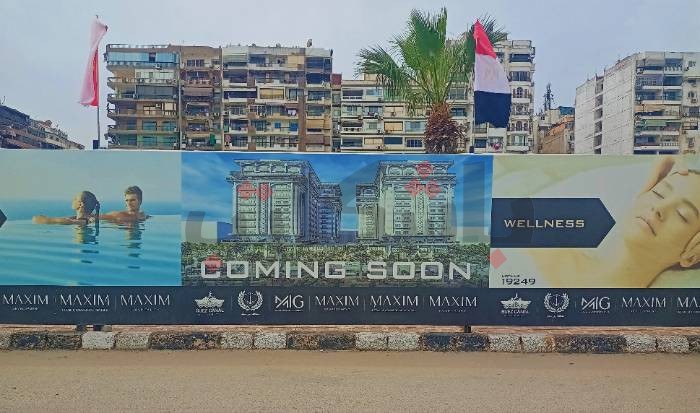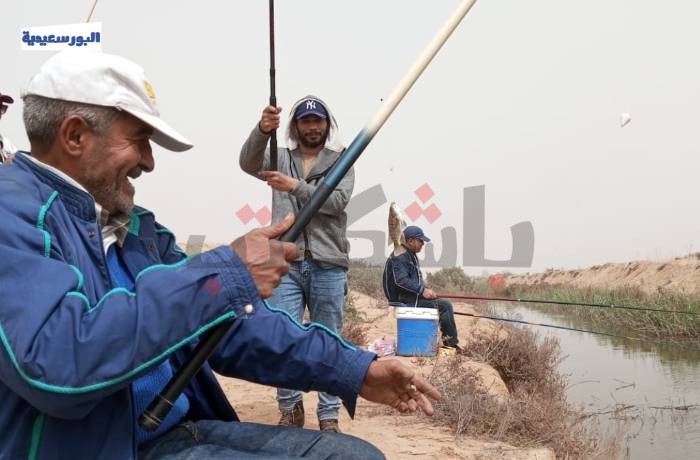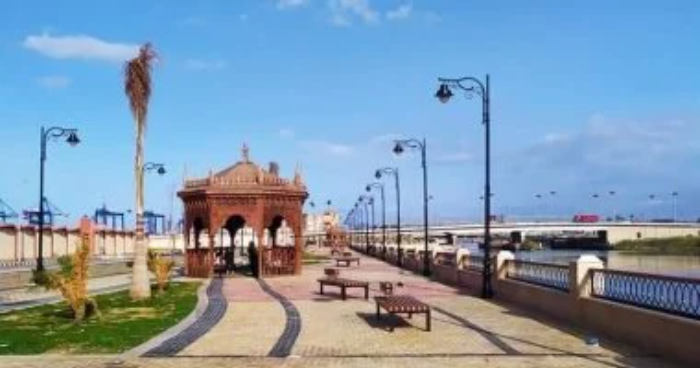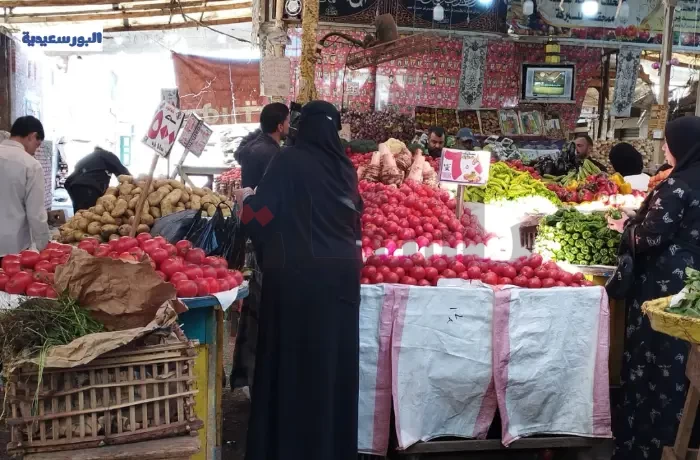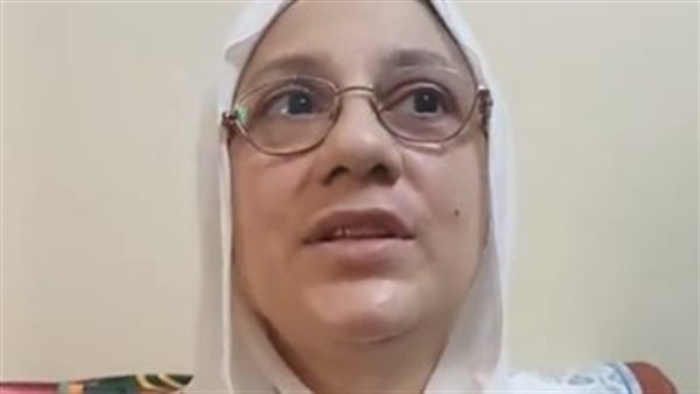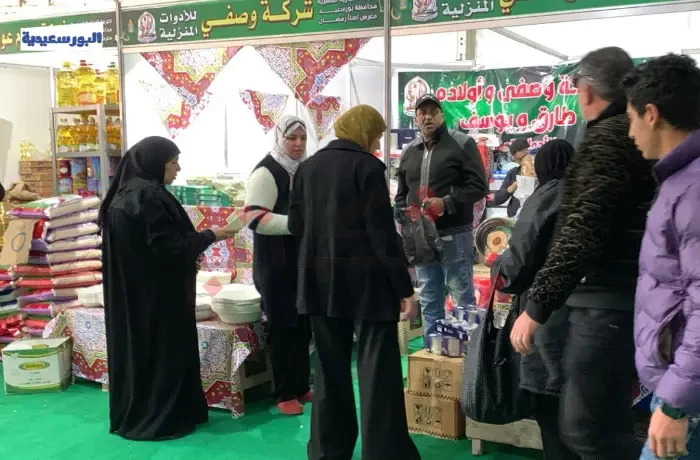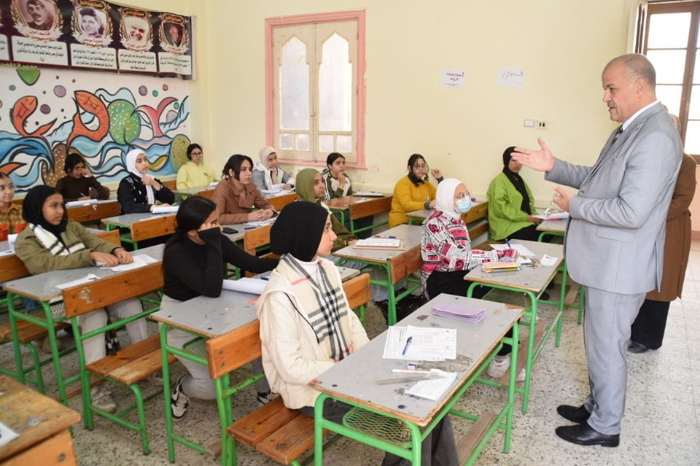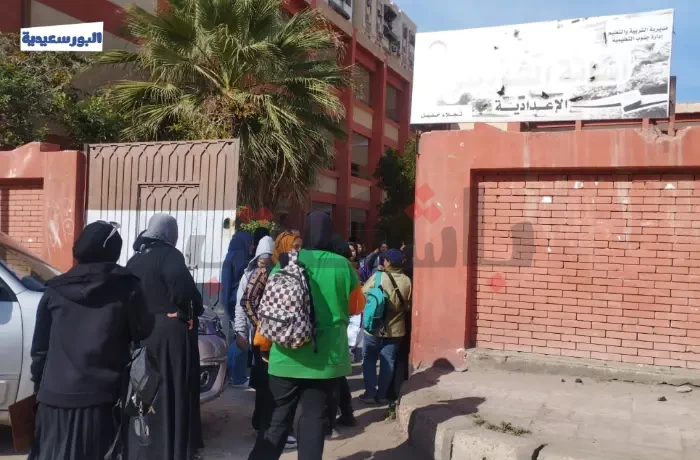According to the Institute for Palestine Studies, the defeat of the Arab countries by the Israeli aggression in June 1967 which was known as Naksa (setback), had a direct impact on the Palestinian level, represented in the liberation of the Palestinian resistance from the confines of the Arab official guardianship, and the total loss of the bet set on the role of the organised Arab armies.
Palestinian people had to mainly depend on themselves in their fight to liberate their homeland, resorting to armed resistance being the only road to their freedom, that’s why new movements were found, and the struggle turned into a resistance movement enjoying wide popular support from the people; the Palestinian became no longer a refugee or homeless, but a fighter carrying arms.
The resistance factions’ initial ambition was to turn the Palestinian lands into the main arena of armed struggle. Fatah Movement was the first to address embarking on armed struggle inside these lands; whereas a minority estimated the necessity of postponing military action until organising the secret movement and training the members on fighting and providing weapons. The majority, led by Yasser Arafat, saw that starting armed resistance right away will lift the Palestinian morale in the occupied lands and encourage them to stay in their lands.
According to the international law, resistance is national liberation movements as per Geneva Conventions in 1949, and their two Additional Protocols in 1977, especially as the Zionist entity acknowledged this by concluding prisoners swap deals with them several times, thus recognising these movements.
Such movements carry their international legal personality, they have international representation enjoying their full rights and responsible for all obligations, they have the right of legitimate defence; they work on liberating their occupied lands in Palestine.
Also, Article 2 of the Declaration of the Rights of Man and of the Citizen issued on 26th August 1789, stated that “resistance to oppression is a fundamental right, and the Palestinians have the right to demand it.”
The Institute for Palestine Studies points out that the origins of the first Palestinian resistance factions goes back to late fifties of the twentieth century, which is Fatah Movement and its mainstream armed wing “Al-'Asifah” (the storm); it is a national, secular, left-wing, revolutionary Palestinian movement which acknowledges the existence of the State of Israel and its right to stay on the lands it occupied before 1967. It is considered the second largest faction represented in the Palestinian Legislative Council, coming after the Islamic Resistance Movement “Hamas”, and the largest faction of the Palestine Liberation Organisation.
Fatah was established by five founders: “Yasser Arafat, Adel Abdulkareem Yassin, Khalil Al-Wazir, Abdullah Al-Danan, and Tawfiq Shadid”. Later on, several of the movement’s founders and main leaders were assassinated, such as Khalil Al-Wazir, he was assassinated in Tunisia in 1988 by the Israeli Mossad, in addition to Salah Khalaf, and Hayel Abdulhamid who was in charge of the security and information agency in Fatah Movement.
“Al-'Asifah” is considered the strongest military wing since 1965 until 1982, then other several paramilitary wings were established such as al-Aqsa Martyrs' Brigades and Martyr Ahmed Abu Al-Rish Brigades, in addition to “Black Panther and the People's Army” group which was active during the first Palestinian Intifada (uprising) from 8th December to 17th September 1993.
According to the Palestinian News and Information Agency – WAFA, the first Intifada was called the “Stone Intifada”; as stones were the tools of attack and defence the resistance used against the Israeli army, also the children then were known as the Children of the Stones.
The Intifada was a form of a Palestinian spontaneous civil protest against the general deteriorating status of the camps, the increasing unemployment, the feeling of national contempt and daily oppression the Israeli occupation practices against the Palestinians. It continued to be organised by the Palestinian Unified National Leadership and the Palestine Liberation Organisation later; it started on 8th December 1987 in Jabalia in Gaza Strip, then spread to Palestinian city, village, and camp.
The first spark of Intifada was lit after an Israeli truck driver ran over a group of Palestinian workers in Erez crossing, separating Gaza Strip from the rest of the Palestinian lands since 1948. The Intifada reseeded in 1991, until it ended with the signing of the Oslo Accords between Israel and the Palestine Liberation Organisation in 1993.
The peace held by the agreement was soon to be shattered, for according to the Interactive Encyclopaedia of the Palestine Question, conceived by the Institute for Palestine Studies, Fatah started the Second Intifada which erupted on 28th September 2000, which compared to the first, it had several armed confrontations and an escalation in the pace of military actions between the Palestinian resistance and the Israeli army, in which approximately 4,412 Palestinians were killed and 48,322 wounded.
As for the losses of the Israeli occupation army, 334 dead, in addition to 735 dead among the settlers, bringing the total number of Israeli dead and wounded to 1,069 dead and 4,500 wounded, 50 Merkava tanks were damaged, and a number of Israeli military jeeps and armoured vehicles were destroyed.
West Bank and Gaza Strip suffered several Israeli invasions, among them Operation Defensive Shield and Operation Cast Lead. The spark of the Second Intifada outbreak was the provocative entry of the Israeli Prime Minister Ariel Sharon to the Al-Aqsa courtyard with his guards, which prompted the groups of worshipers to gather and confront him, resulting in the eruption of the first violent act in this Intifada.
The website of the Interactive Encyclopaedia of the Palestine Question clarifies that the Palestinian child Mohamed Al-Durra was the symbol of the Second Intifada; two days after the invasion of Al-Aqsa Mosque, a videotape was taken by a French TV channel reporter on 30th September 2000, showed scenes of Israeli occupation forces firing at the 11-year-old child, who was taking shelter next to his father behind a cement barrel on Salah Al-Din Street, south of Gaza.
The Second Intifada officially stopped on 8th February 2005 after the truce agreement in Sharm Al-Sheikh Summit, which brought together the newly elected then Palestinian President, Mahmoud Abbas, and the Israeli Prime Minister, Ariel Sharon.
According to the University of Palestine website, Yasser Arafat remained as the leader of Fatah Movement until his death in Parise in 2004. After his death, the movements he led were divided; Mahmoud Abbas was elected as his successor in leading the Palestinian Authority and the Liberation Organisation, and after the latest elections Fatah Movement suggested the name of “Mahmoud Abbas” to be its candidate for the presidency of the Authority.
According to the Palestinian News and Information Agency, the first operation in the history of the Palestinian revolution took place when Fatah’ military wing, Al-'Asifah blew up Eilabun Tunnel, resulting in the injury of two Israeli soldiers and demolishing the tunnel, this was as a response to Israel diverting the water of Jordan River; Ahmad Musa Salama was the first martyr in this Palestinian armed revolution.
Institute for Palestine Studies points out that on 21st March 1968, a major battle took place in Al-Karama, a small Jordanian town in Jordan Valley, between the Israeli forces and a joint group of Palestinian fighters and Jordanian army soldiers, resulting in incurring the Israeli army relatively heavy losses, compared to its losses in previous battles, this happened in spite of the Israeli success in destroying the base of Palestinian fighters in the town.
News of this battle and the strength of the Palestinian fighters led to the increase of the Palestinian resistance movement popularity witnessing the joining of tens of thousands of Palestinian and Arab volunteers to its ranks. Also, there was major consequences for the resistance’s steadfastness in this battle on the official Arab level, as Fida’I organisations (guerrilla organisations) opened their own offices in Amman and refugee camps within the sight of the Jordanian government, and Saudi King Faisal bin Abdulaziz Al Saud received a leading delegation from Fatah Movement and bestowed to them a large financial aid.
After its relations with Syria, Fatah was strengthened by adding Egypt to its strategical allies, as the Gamal Abdulnasser, the late president, who was preparing to enter a battle of attrition against Israel on the Suez Canal front, saw that he can depend on the operations made by the Palestinian resistance movements, especially Fatah, against Israeli targets. Abdulnasser received a leading delegation from Fatah, headed by Yasser Arafat, and sent a big shipment of weapons to compensate Fatah’s losses in Al-Karama battle, and increased the movement fighters’ numbers who received their training in Egypt, according to Institute for Palestine Studies.
As for Hamas Movement, the institute mentions that it was found in 1984; it is an Islamist political Sunni Palestinian armed movement resisting the Zionist occupation, which remained intellectually linked to the Muslim Brotherhood group until it pronounced the dissolution of its organisational affiliation from the group in 2017, turning into an independent Palestinian organisation.
In the beginning, Hamas used to do the religious work of spreading Islamic preaching in the mosques, but in 1987 and by the start of the First Intifada, the preacher and mujahid (fighter) Sheikh Ahmed Ismael Yassin announced shifting the movement from religious to military work. Sheikh Yassin is the head of the largest Islamic University which includes the Islamic compound in Gaza, he was the founder and leader of Hamas Movement until his assassination by the Israeli occupation army in 2004.
Named after the preacher and mujahid (fighter) of Syrian origin Izzeddin Al-Qassam, he was born in Jableh town, graduated from Al-Azhar University, Izzeddin Al-Qassam Brigades was founded in 1991, after four years from the eruption of First Intifada and Sheikh Yassin declaring the finding of Hamas; Al-Qassam Brigades is the military wing of Hamas.
Institute for Palestine Studies mentions that Hamas started its actual military work before the official announcement of its launch; Sheikh Salah Shehade formed the first military wing of the movement, which was called Palestinian Mujaid (fighters) at that time in 1984, which was a small group of secret military cells conducting a series of operations against the occupation.
Al-Qassam Brigades are considered the most prominent and strongest Palestinian armed groups, in numbers and arms, owning in addition to light weapons, machine guns, anti-tank shells, and rockets with a range up to 160 kilometres. It conducted tens of specific operations against Israel. During the First and Second Intifada, they became famous for kidnapping Israeli occupation soldiers and carrying out bombing operations against targets deep inside Israel. Their first operations were conducted through preparing a bombed car and blowing it up in Ramat Ef’al settlement in Tel Aviv in 1995.
According to the Interactive Encyclopaedia of the Palestine Question website mentions that in 2002, the Palestinian Abdulbasset Mohamed Qasem Ouda, a member of Hamas, conducted a martyrdom operation which is considered the biggest bombing operation in the history of Israel; he blew up Park Hotel in Netanya settlement in Tulkarm city, consequently, Israeli Prime Minister Ariel Sharon launched Operation Defensive Shield against Tulkarm and all Palestinian lands.
Israel also launched a comprehensive ground attack on West Bank territories, including the siege of the late Palestinian President Yasser Arafat, however, the fiercest battles were in Jenin camp which the Israeli forces invaded in an attempt to wipe out the fighting groups inside.
Al-Quds Brigades name was recognised in the battle of Jenin camp with the leadership of Mahmoud Tawalbe. The military wing of the Palestine Islamic Jihad managed to inflict huge losses on Israel after blowing up explosive devices inside the camp that was swarmed with the occupation military soldiers. The brigades also launched its first local made rocket which reached the centre of Ashqelon city, according to Interactive Encyclopaedia of the Palestine Question website.
According to the Institute for Palestine Studies, Al-Quds Brigades was formed in 1987 as the military wing of Islamic Jihad Movement; it first took part in the fights during the First Intifada, and in the later years the field leaders of Al-Quds Brigades worked on developing and manufacturing rockets, including Fajr 5 and Badr 3, targeting the heart of Tel Aviv city and the Israeli occupation army that assassinated a large number of the leaders inside and outside Palestine.
Al-Quds Brigades conducted dozens of operations against Israel, including a series of martyrdom operations, rockets launching, killing soldiers with snipers, blowing up tanks, and settlements’ invasion operations from time to time. Martyrdom operations like: Alian al-Wadiya, Volcano of Wrath, Megiddo Junction Breaking the Siege, Victory Omens, Revenge of the Free, and finally Al- Aqsa Flood in 2023.
In 2012, Al-Quds Brigades announced owning thousands of rockets, in addition to their capability of targeting cities deep in Israeli territories in case Israel conducted any other new assassinations in Gaza Strip, according to an interview conducted by Agence France-Presse with one of the most prominent leaders of Al-Quds Brigades, Abu Ibrahim.
Al-Quds Brigades targeted Storak in 2014, an Israeli nuclear reactor, south of Tel Aviv, with a long-range Buraq 70 rockets; they also bombed the Port of Ashdod using Grad rocket. In 2019, they announced Buraq 120 local made rocket with a range up to 160 kilometres which they used in bombing Israeli territories during clashes with the occupation forces by the end of 2019, according to the Interactive Encyclopaedia of the Palestine Question.
Palestinian News and Information Agency mentioned that the first prisoners swap between Palestine Liberation Organisation and Israel took place on 23rd July 1968, after fighters from the Popular Front for the Liberation of Palestine (PFLP) succeeded in hijacking an Israeli plane carrying 100 passengers heading from Rome to Tel Aviv, and forced it to go to Algeria, becoming the first Israeli plane to be hijacked. A deal was made with Israel through the International Red Cross, and the passengers were set free in exchange for 37 Palestinian prisoners condemned with maximum penalty, including Palestinian prisoners who had been captured before 1967.
This operation was conducted with the participation of Laila Khaled, who took nom de guerre “Shadia Abu Ghazaleh”, after the first Palestinian female martyr after 1967 war.
By the end of 1969, Laila Khaled also took part in an attempt to hijack an Israeli El Al Airlines plane that landed in London, however the operation failed and she was captured. After that, a British airplane was hijacked by a group following the same movement and Laila was set free during the prisoner swap process.
The Israeli occupation forces do not have the right of legitimate defence; as according to UN Resolution 3236, issued on 22nd November 1974, there is no legitimate defence against a legitimate defence, and no resistance against an allowed act, and that according to the international law, one of the legitimate defence conditions is to not be conducted via the aggressor, meaning that the Zionist entity does not have the right of legitimate defence for it is an occupation force and an aggressor.
Self-determination is a right stated in the international law, and a fundamental principle in the Charter of the United Nations, according to its Resolution No. 1514 “Granting of Independence to Colonial Countries and Peoples”, on 14th December 1960.
UN Resolution 3236, on 22nd November 1974, clearly states that the United Nations “recognises that the Palestinian people is entitled to self-determination in accordance with the Charter of the United Nations, and calls upon all countries and international organisations to offer their support to the Palestinians in their struggle to regain their rights”.
The United Nations General Assembly in its resolution on 4th December 1986, also affirmed the legitimacy of the Palestinian armed resistance, stating that “peoples have the right to struggle for their independence and the safety of their lands and national unity, and to be liberated from colonialism, racial segregation, and foreign occupation using all available means including armed resistance”.
After reviewing the laws, we find that all the international conventions and UN resolutions prove that the Palestinian people are entitled to all means of resistance, including armed resistance, that’s why Palestinian resistance has the right of legitimate defence, including the Islamic Resistance Movement Hamas, and all the Palestinian resisting factions.
